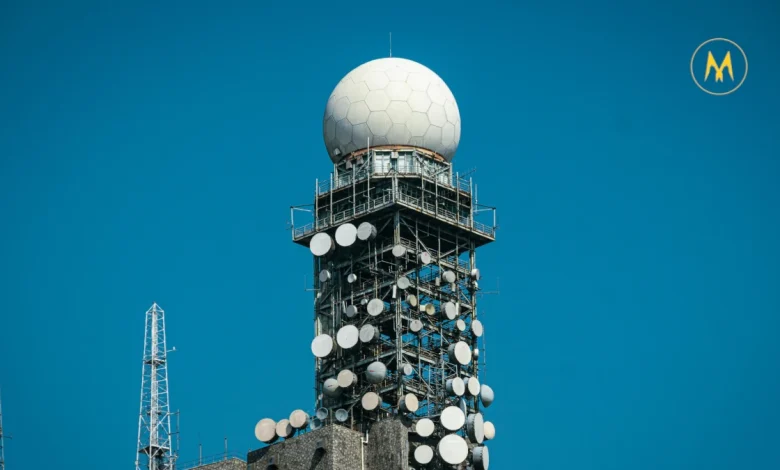Unlocking the Future: How 5G Core and MEC Are Transforming Global Markets
Exploring how 5G Core and Edge Computing are shaping the next generation of global connectivity and innovation

Introduction
The rollout of 5G is more than just faster internet. At the heart of this transformation lie 5G Core and Multi-access Edge Computing (MEC). These two technologies are working together to revolutionize industries, enhance digital infrastructure, and unlock new business models across the globe.
From smart cities to remote healthcare, 5G Core and MEC are enabling real-time responsiveness, low-latency data processing, and hyper-connectivity. This article dives deep into how they are shaping the global digital economy.
What Is 5G Core?
5G Core is the central part of the 5G network that manages data traffic, user authentication, and services. Unlike previous generations, 5G Core is cloud-native. It supports better speed, flexibility, and scalability.
Businesses benefit from custom network slices, allowing them to tailor performance for different use cases. For example, an autonomous vehicle system can receive a dedicated slice with ultra-low latency, while a streaming service might use one focused on high bandwidth.
Understanding MEC (Multi-access Edge Computing)
MEC brings computing resources closer to the user. Instead of sending data all the way to a central server, MEC allows processing at the network’s edge—near devices and users.
This approach reduces delay and boosts speed, making it ideal for applications like online gaming, industrial automation, and video analytics. With MEC, devices can respond in milliseconds, improving user experiences and operational efficiency.
How 5G Core and MEC Work Together
Together, 5G Core and MEC form a powerful combination. While 5G Core handles high-speed data transmission and network management, MEC ensures data is processed quickly at the edge.
In industries like manufacturing, this duo allows machines to communicate in real time. In healthcare, doctors can perform remote surgeries using robotic tools. In transport, autonomous vehicles share instant updates about road conditions.
Impact on Key Global Industries
1. Smart Cities
Cities are integrating sensors, cameras, and connected devices to manage traffic, reduce energy use, and enhance safety. 5G Core and MEC enable real-time responses to dynamic urban challenges.
2. Healthcare
With faster speeds and low latency, remote consultations, AI diagnostics, and connected medical devices become more reliable and secure.
3. Automotive
Self-driving cars rely heavily on instant data exchange. MEC helps vehicles process data quickly without waiting for distant servers.
4. Retail
Augmented reality, smart shelves, and automated checkout systems benefit from faster connections and edge processing.
5. Entertainment & Media
Live streaming, VR, and cloud gaming require low latency and high bandwidth—precisely what 5G Core and MEC deliver.
Challenges and Considerations
Despite their potential, deploying 5G Core and MEC requires heavy investment in infrastructure, cloud capabilities, and cybersecurity. Many developing countries may face delays due to these requirements. Privacy is also a concern as more data is processed at the edge.
However, ongoing innovation and government support are helping overcome these barriers. Private 5G networks are already in use across airports, factories, and sports stadiums.
Final Thoughts
5G Core and MEC represent more than just new tech trends—they are the building blocks of the next digital revolution. Their combined power will create faster, smarter, and more responsive services for businesses and consumers alike.
ALSO READ: How Technology Is Changing Our Daily Lives
As global adoption continues, industries must prepare to embrace these innovations. The future of connectivity is here, and it is powered by 5G Core and Edge Computing.
Frequently Asked Questions
5G Core handles user data, controls network functions, and enables services like network slicing and faster connectivity.
MEC reduces data travel time by processing it near the user, which improves performance and lowers latency.
Industries like healthcare, automotive, smart cities, manufacturing, and entertainment see the biggest impact.
Yes, especially through cloud-based platforms and service providers that offer tailored access.
Yes, 5G Core is cloud-native, more flexible, and supports advanced features like slicing, automation, and MEC integration.





8rw41l